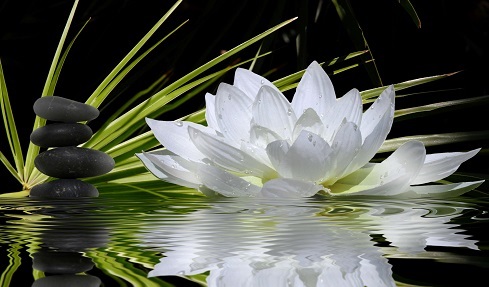When our practice reaches a certain level, the external environment will not have much of an effect on us; at that point, there is no difference where we practice. However, to a beginner, the environment is very important.
Firstly, if the surroundings are too noisy, it will be difficult to practice. The sutras say the biggest impediment to meditative concentration is noise.
In general, this is a problem in the cities, but some homes can be very quiet if they have sound-proof installations, and the windows and doors are shut tight.
Secondly, in places where many practitioners in the past have aggregated, blessings are plentiful; this kind of place is particularly conducive to practice.
Whatever the circumstances, the environment is a very important factor. At the least, one should look for a quiet place to practice.
~Depicted from THE FOUR SEALS OF DHARMA - Preparing for the Preliminaries











